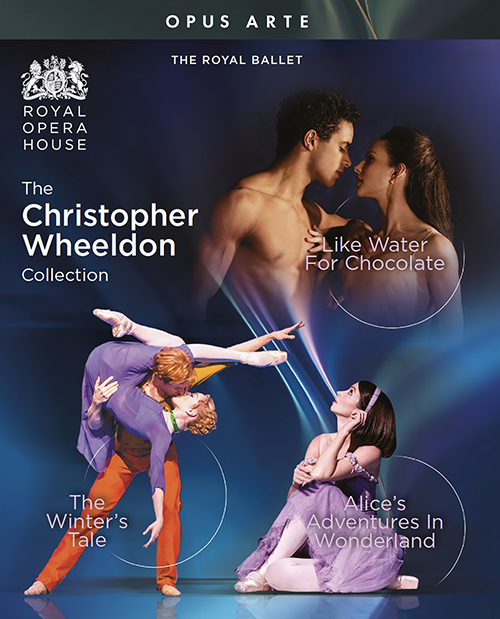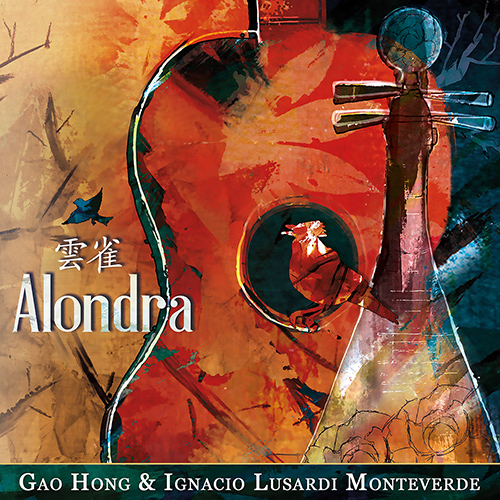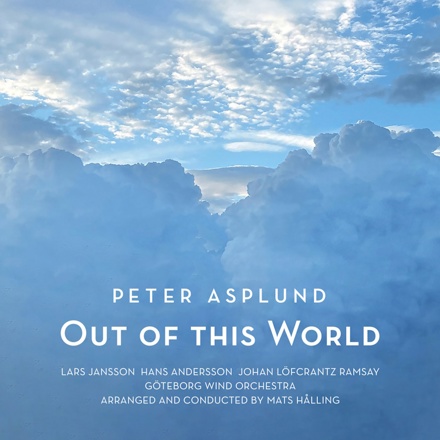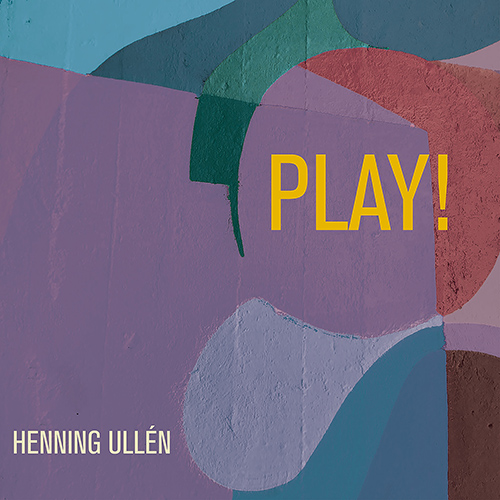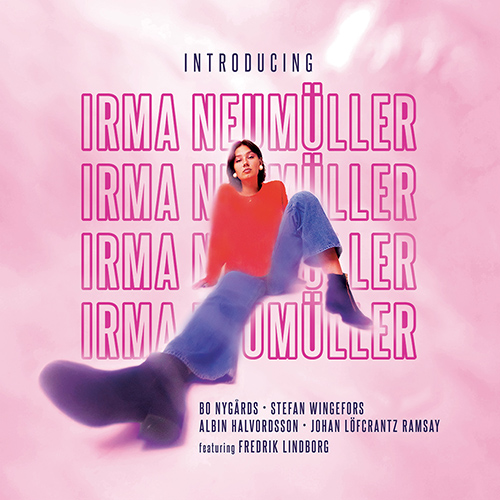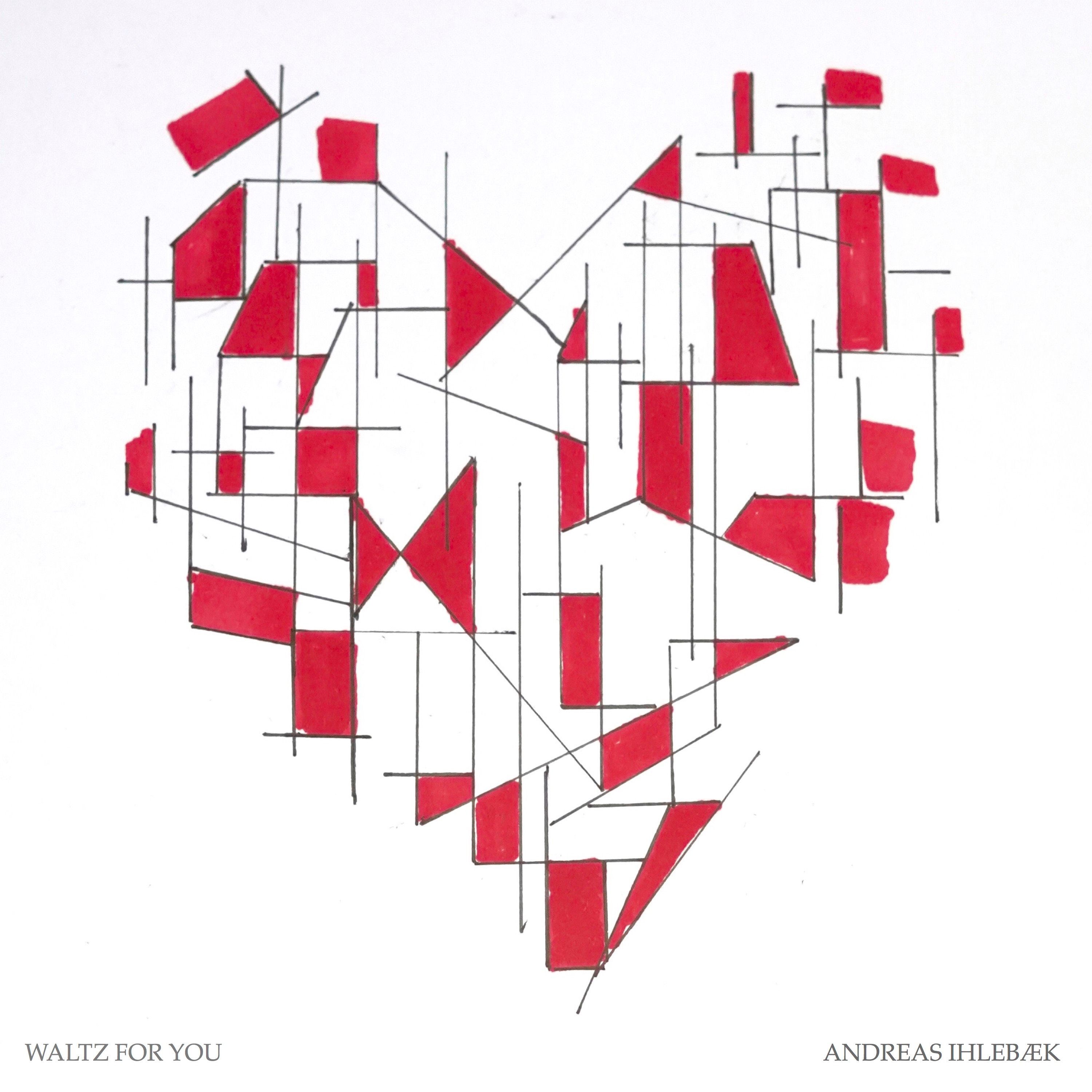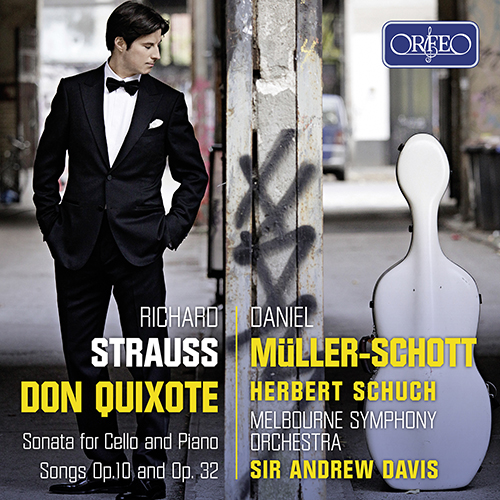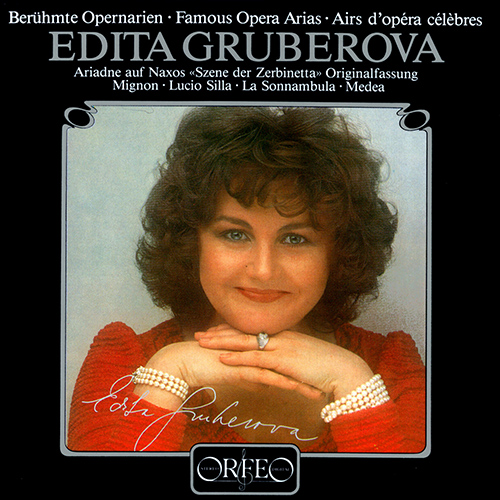In addition to its own wide-reaching monthly new releases (see www.naxos.com/newreleases.asp), Naxos also distributes several leading labels in many countries around the world. Here is a choice selection of recent releases from some of these distributed labels.
ORFEO was founded in 1979 as a pure license label at RCA and EMI and began releasing its own recordings in 1982. Thanks to the close cooperation with the best singers, instrumentalists, orchestras and conductors of the past three decades, ORFEO had been able to realise many world premiere recordings and build up an extraordinarily fine catalogue, which to date contains more than 1,000 recordings. The most famous series, Orfeo d’Or, features legendary historic performances at the festivals in Bayreuth and Salzburg or at the State Operas in Vienna and Munich.
Check out the trailer for Baiba Skride’s latest studio recording, featuring two captivating concertos by Benjamin Britten. Accompanying the violinist are Ivan Vuckevic and the ORF Vienna Radio Symphony Orchestra, conducted by Marin Alsop.
The story of the discovery and resurrection of Britten’s Double Concerto for Violin and Viola is one of those rare musicological moments that can capture the interest of even the casual music lover. Britten had started composing it as a very young man but never quite finished it, even though the work had progressed quite far. So, it was only after his death that the premiere took place, in 1997. Unlike that work, the Violin Concerto, Op. 15 found itself immediately thrust onto the world’s musical stage, its genesis having been rather straightforward, if hardly smooth. Britten had left Great Britain before the outbreak of World War II in Europe and so he composed it in Canada and the US.
This title will be released in March 2024. Pre-order now!
As clarinettist/composer, Jörg Widmann put it in an interview, as a musician you cannot be distanced from the music you are playing. Instead, you have to make it your own. Depending on his own state of mind, for example, or in response to the orchestra, his performances therefore always vary. Remaining faithful to the framework set by the composer, he masterfully achieves this balance between a personal interpretation and faithfulness to the work. Widmann has performed Mozart’s Clarinet Concerto numerous times, always impressed by how the composer, toward the end of his life, made the music apparently sound so simple, notwithstanding the multiple musical layers which are not immediately obvious.
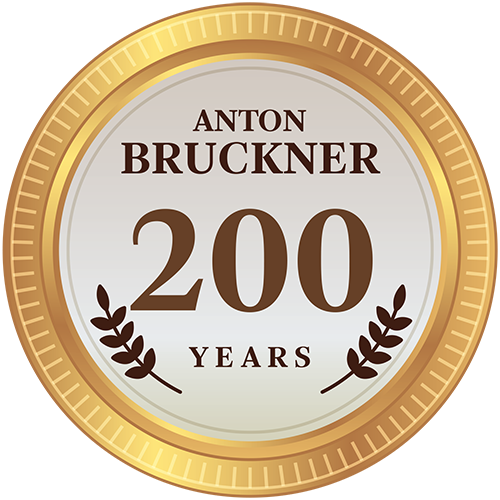
Capriccio’s Complete Bruckner Symphonies Edition includes all versions of the symphonies either published or to be published under the auspices of the Austrian National Library and the International Bruckner Society in the Neue Anton Bruckner Gesamtausgabe (The New Anton Bruckner Complete Edition). Bruckner’s Second Symphony is rarely heard in its 1877 version, and it has remained virtually unperformed in the 1872 original version. This is not because of any deficiency in Bruckner’s earlier ideas compared with the later alterations. It’s mainly down to habit and convenience since acquiring new parts and re-learning a score with many detailed differences requires significant extra effort and resources. That’s a pity because it is well worth discovering the original rawness of Bruckner’s early masterpiece, something rarely heard since its creation, until now.
Honouring the one-year anniversary of Chicago-based microtonal composer Easley Blackwood, Jr.’s death, Cedille Records releases Acoustic Microtonal, a new and unconventional acoustic presentation of Blackwood’s Twelve Microtonal Etudes for Electronic Music Media, Op 28, arranged by GRAMMY-nominated composer and orchestrator Matthew Sheeran. This monumental work marked the culmination of Blackwood’s research into the techniques of dividing the octave into more than 12 equal parts. Blackwood wrote each of his 12 Etudes using tunings of 13 to 24 notes per octave, with each tuning resulting in its own musical form and style.
The Salzburg violinist Benjamin Schmid’s preoccupation with the violin works of W.A. Mozart has now lasted for more than four decades. It was initially influenced by the then-Mozarteum professors Sándor Végh and Nikolaus Harnoncourt, and as his style of interpretation became increasingly personalised, he received numerous awards. His first CD recording in 1990, featuring Mozart’s Violin Concertos Nos. 1 and 2 with the Mozarteum Orchestra Salzburg led by Hans Graf, was celebrated by reviewers as a discovery. Thirty-two years and hundreds of performances later, Benjamin Schmid has now completed his recordings of the violin concertos with the Sweden based Musica Vitae, of which he has been the musical director since last year. He describes his journey as follows: “As a violinist who grew up in Vienna and Salzburg, Mozart was ultimately always the most important composer for me. I defined this preference as early as elementary school age, and the interest grew with the discovery of the complete works of this probably at least most gifted of all composers. For me, the key to Mozart interpretation lies in the duality of singing and speaking; singing as immediate emotion and phrasing and articulation as form-giving grammar.”
Though he is much less well remembered than his more famous brothers, Johann II and Josef, Eduard Strauss was the master of the quick polka and the galop with a succession of distinctive and beguiling melodies and a genius for orchestration. This latest release continues the rediscovery of his music with a succession of pieces, all of which are receiving their first commercial recordings. His music was performed at some of Vienna’s most glittering balls and carnival festivities with Eduard offering such à la mode pieces as the Electric Lights waltz and the ingenious equine polka, Leaps of Pegasus.
This album presents three classic Gershwin pieces heard in premiere recordings of the new Gershwin Critical Edition. The edition seeks to create the most accurate representation of the composer’s intentions using all existing manuscripts and other sources, such as piano rolls. In the case of Rhapsody in Blue the edition is based on Ferde Grofé’s symphonic arrangement though 44 measures from the original jazz band version are included. Also featured are the Second Rhapsody and the Cuban Overture, alongside Joan Tower’s propulsive study in rhythm and texture, and Steven Stucky’s ghostly waltz evocations.
Outi Tarkiainen (b. 1985) has rapidly risen to the ranks of Finland’s internationally most successful composers. Born in Lapland, the landscape of this mystic Arctic region has proved a constant source of inspiration for her. This new album by the Finnish Radio Symphony Orchestra and Nicholas Collon featuring Nicholas Daniel as soloist, includes some of the composer’s most recent orchestral works, including Midnight Sun Variations commissioned by the BBC Philharmonic and by the National Arts Centre Orchestra in Canada, and premiered at the BBC Proms in 2019. Outi Tarkiainen’s works are marked by strong atmosphere and rich orchestral textures.
In 1884, Antonín Dvořák undertook his first concert tour to England. This was to become a highlight of his career to date and brought him international recognition and economic security. It was a time of private and professional bliss. It is interesting to note, however, that the Seventh Symphony by no means reflects a consistently pastoral, idyllic atmosphere. On the contrary, the music often has a dramatic and sombre effect. It is possible that Dvořák was coming to terms with the blows of fate he had suffered: he had lost his mother and three children. Four years after the premiere of the Seventh Symphony, Dvořák set to work on his Eighth, which differed substantially from it. In the Seventh, he still adhered to the form of the classical symphony according to Beethoven, but in the Eighth, he gave preference to melody over form. It leads through the work, creating the impression of a “sequence of atmospheric poetic pictures”.
Antonín Dvořák’s Cello Concerto is considered the finest of his concertos, and arguably the greatest of all such works for the cello, with its majestic character, imposing themes and moods of intense drama and warm lyricism. The nostalgic Silent Woods and the sprightly, eloquent Rondo in G Minor both predate the concerto, while the songful Romance in F Minor contrasts with the virtuoso brilliance of the Mazurek in E Minor. Conducted by Walter Susskind and performed by soloists who were legends in their lifetime – violinist Ruggiero Ricci and cellist Zara Nelsova – these recordings are acclaimed classics.
The Bohrer family produced a succession of distinguished musicians of whom the brothers Antoine, a violinist who studied with Rodolphe Kreutzer in Paris, and cellist Max were the most eminent. Their string quartet promoted Beethoven’s works and was much admired by Berlioz, who praised Antoine. They co-composed several works including the imposing Grande symphonie militaire included here, boldly virtuosic and laced with memorable themes. Antoine Bohrer’s Violin Concerto in E Minor shares elements familiar from Paganini and is enhanced by Antoine’s sense of lyricism. Max’s Cello Concerto No. 1, though economically scored, shows how quickly the cello had progressed as a solo instrument in the early 19th century.
Discover songs to connect, heal, and inspire on the U.S. Navy Band Sea Canter Chorus’ recording Safe Harbor. These musicians have played a vital role in comforting America in times of mourning, and this recording follows in those footsteps.
Held in high esteem by his contemporaries, Orfeo Vecchi stands out as a remarkable figure with regard to the sacred repertoire he produced from the late 1500s. Respectful of the written texts while elegantly expressing pictorial content through subtle dialogue, antiphony and counterpoint, the 20 pieces of the Motectorum sex vocibus liber tertius form a rich and eclectic collection that fully reveals Vecchi’s mastery and religious inspiration. This world premiere recording has been made by musicians involved in recovering the wealth of unpublished materials held in Vercelli Cathedral, where Vecchi studied and worked for much of his career.
This recording is the culmination of a series of moments filled with musical happiness, brought together by the collaboration of Aurélie Noll, the solo harpist of the Basel Symphony Orchestra, with two exceptional musicians – María Cristina Kiehr (soprano) and Yolena Orea-Sánchez (cello). Together, these artists have generously shared their talent and artistic sensitivity to enrich this wonderful repertoire.
The special sound of the harp creates a refreshing element to this album, lending it a distinctive charm. The programme includes works by Reynaldo Hahn, Tchaikovsky, Manuel de Falla, and Gabriel Fauré. A notable highlight is the new composition for soprano, cello, and harp by Swiss composer Silvan Loher, whose delicate and impressionistic musical style fits wonderfully into this project.
On Disappearer, Mads Emil Dreyer, accompanied by NEKO3, demonstrates why he is considered one of the most sophisticated and original composers in Denmark right now. The album unfolds as an adventure with frozen music, glistening and thawing slowly under a cool winter sun, in an uncanny world it is hard to tell where the acoustic ends and the electronic begins.
The expressive vitality in this collection of violin sonatas transcends the cultural upheavals from which these three Ukrainian composers emerged. Bortkiewicz’s Violin Sonata in G Minor is among the most impressive of his relatively few chamber works, finding his musical language at its most vivid and directly communicative. Kosenko’s Violin Sonata in A Minor is notable for the satisfying balance of its two subtly differentiated movements. Skoryk’s Second Violin Sonata is a stylistically diverse chamber work, with pointed allusions to Beethoven, Prokofiev and Gershwin during its compact and always eventful course.
The singular record production Ex tempore is presented by the instrumental ensemble The Italian Consort, featuring the collaboration of Andrea Inghisciano, an exceptional guest and international star renowned for his mastery of the Renaissance cornetto. The timeless melodies of the dulciane consort, accompanied by the lute of Gian Giacomo Pinardi and the organ of Cinzia Guarino, invite listeners to explore a repertoire spanning both early and contemporary music. In this album, we are treated to compositions from the fifteenth and sixteenth centuries alongside contemporary pieces contributed by Marco Betta and Giovanni Sollima. The unique timbres of the ancient instruments unlock intricate webs of contrapuntal harmonies, forging intense connections with sacred or poetic texts and subtly inviting listeners to dance. This continuous search for imitation of the human voice, revered as the pinnacle of musical expression during the Renaissance, underscores the expressive depth of the compositions.
The music in this collection reflects the spirit of Armenia through dances and songs that have their origins in scenes from everyday Armenian life. Korganov’s pictorial Bayati is an especially vivid representation, while Kara-Murza’s Pot-pourri sur des airs arméniens is a significant work, combining Armenian folk music with the Western piano tradition. Melikian’s Emeralds is one of his famous cycles of romances, hallmarked by a strong sense of poetic narrative and a vivid emotional expressiveness. This album of Armenian piano discoveries is played by Yulia Ayrapetyan, a specialist in the music of Armenia.
This series marks the 200th anniversary of the birth of Anton Bruckner, which falls in 2024. It’s dedicated to Bruckner’s symphonies, most of them recorded in new transcriptions for organ by Hansjörg Albrecht. This 10th album was made on the organ at Fraumünster in Zürich using Erwin Horn’s transcription of Bruckner’s 9th Symphony and incorporating Gerd Schaller’s completion of the finale, which Bruckner left unfinished.
Mariangela Vacatello's project of recording of Alexander Scriabin’s complete piano sonatas, which now sees the release of the second volume, is a virtuosic journey through the world of sonatas, as illustrated by Guido Salvetti in the accompanying notes: ‘They thus reflect the composer's entire artistic journey: from the fiery romantic gestures of Liszt to the dissolution of rationality in the more symbolic esotericism.’ Dating from 1891, during the final months of Scriabin’s studies at the Moscow Conservatory, to 1913, these sonatas are emblematic of his evolution as a composer.
In this new publication, Mariangela Vacatello brings her personal touch to the interpretation of Sonatas Nos. 2, 5, 6, 7, and 8, revealing their expressive complexities and countless emotional cues. This release reflects the intense and virtuosic exploratory research of the pianist, providing an opportunity for listeners to rediscover the creative and human universe of the Russian composer in all its expressive and narrative richness.
Despite the triumphant reception of his first opera, Gaetano Donizetti was young and inexperienced when he was commissioned to write Chiara e Serafina in 1822 for La Scala. Composed in haste, it was met with disapproval at its premiere and subsequently disappeared without a trace. Thanks to this revival at the Bergamo Donizetti Festival, after exactly 200 years Chiara e Serafina has returned to the stage with a fine production that brings to life an entertaining tale of pirates, lovers, disguises, deceit and peril in 17th-century Majorca.
As early as 1851, Wagner wrote, ‘I propose to produce my myth in three complete dramas, preceded by a lengthy Prelude.’ The Prelude was Das Rheingold (The Rhine Gold) the preliminary evening of Wagner’s epic tetralogy Der Ring des Nibelungen (The Ring of the Nibelung), which received its first complete performance in 1876. The unfolding events of Das Rheingold depict the theft of the Ring forged from the Rhinemaidens’ gold by the Nibelung dwarf Alberich, and his subsequent surrender of it to Wotan, ruler of the Gods, to pay his debt to the giants who constructed Valhalla. Alberich’s curse foreshadows the catastrophe to come. Sir Donald Runnicles conducts an internationally acclaimed cast in this innovative new production of Der Ring by Norwegian director Stefan Herheim.
Nur wer die Sehnsucht kennt (None but the lonely heart), probably the best known of Tchaikovsky’s songs, lends its name to an intimate theatrical evening in which Christof Loy has combined songs or ‘romances’ and instrumental music to create a chamber opera of striking beauty and intensity. Tchaikovsky’s songs cover a stylistic diversity unsurpassed by other Russian composers, often setting enigmatic texts in which the unsaid and unsayable create expressive tensions and encapsulate true human emotions. Given a sumptuous period setting, these qualities create a unique drama in which suppressed love is confronted with longed for moments of passion, and sadness over broken relationships leads to withdrawal and loneliness.
The Christopher Wheeldon Collection is a dazzling showcase of the theatrical imagination of The Royal Ballet’s Artistic Associate, Christopher Wheeldon. With a stellar creative team, including designer Bob Crowley and composer Joby Talbot, he brings to life three celebrated works of fiction that pop as vividly on the screen in this collection as they did on stage for audiences watching live in the theatre.
Lewis Carroll’s ever-popular story provides the basis for Wheeldon’s spectacular production of Alice’s Adventures in Wonderland that has delighted audiences all around the world since the ballet’s premiere in 2011. In The Winter’s Tale, created in 2013, Wheeldon reimagines Shakespeare’s enduring story of jealousy, compassion and forgiveness, effortlessly capturing the work’s profound emotional trajectory. For his most recent ballet in 2022, Wheeldon took inspiration from Laura Esquivel’s Mexican classic Like Water for Chocolate, where the protagonist Tita’s emotions spill out through cooking to influence everyone around her in startling and dramatic ways. These three compelling ballets, conjuring up worlds by turns whimsical and dramatic, are not to be missed.
Chinese pipa master Gao Hong takes on yet another creative challenge, just one year after the release of her award-winning album Terri Kunda – House of Friendship with Senegalese kora player Kadialy Kouyate. This time, thanks to a rare opportunity to record in Abbey Road Studios, Gao joins Ignacio Lusardi Monteverde to present us … Alondra…
‘I had never worked with a flamenco guitarist before; in the past, I have only worked with classical guitarists and a guitar quartet, so I felt that this would be the biggest challenge for me. I love to take risks.’ – Gao
Having both developed loose ideas and patterns just days before the recording, they travel together from ancient Asian dynasties, through the Thar Desert to Andalusia, harmoniously combining cultures as the East meets West. The blend of Ignacio’s structured playing – typical of flamenco, with Gao’s Chinese improvisation, creates a spontaneous musical celebration of diverse cultures coming together.
‘After hearing Gao playing and improvising, I knew that something really new was about to be created, which felt like an awakening, a call to a new day.’ – Ignacio
The expression Out of this World describes something extraordinary or larger than life. It is often associated with songs that have distinguished themselves throughout history. In this magnificent album, renowned jazz musician Peter Asplund collaborates with his celebrated group Aspiration, along with guest pianist Lars Jansson and one of Sweden’s foremost wind ensembles, the Göteborg Wind Orchestra. Asplund allows his romantic side to flourish in this collection of music, arranged and conducted by Mats Hålling. Notably, on track No. 2, Live out loud, the talented vocalist Emmalisa Hallander contributes with wordless vocals, adding depth and texture to the composition.
PLAY! marks Henning Ullén’s second album under his own name. Teaming up with Mauritz Agnas on double bass and Nils Agnas on drums, the trio delivers music with a melancholic undertone, yet brimming with a joyful spirit. The album’s title, echoed in the second track, encourages active engagement, emphasising the importance of collaboration and improvisation in its purest form.
On the other hand, the music features rich, oscillating compositions, occasionally delving into intricate passages, while also embracing freer sections that allow for spontaneous improvisation. The album exudes a dynamic, high-energy atmosphere, blurring the lines between composed and improvised elements. In addition to the trio format, the album showcases brief solo improvisations, offering listeners a glimpse of Ullén’s solo prowess captured for the first time on record.
Irma Neumüller is a Swedish jazz vocalist and composer renowned for infusing traditional jazz sound with her unique flair. Composing music in both Swedish and English, she breathes new life into the genre with her distinctive style. Her music is characterised by its swinging rhythms, uplifting melodies, and heartfelt emotions, drawing inspiration from jazz icons such as Carmen McRae, Monica Zetterlund, and Stevie Wonder. With her strong stage presence, Irma welcomes the entire audience into her musical world.
‘It seems like many people feel a bit lost these days with everything that is going on in the world. As you see on the cover art, which features my own drawing, a heart is portrayed as fractured or shattered, or perhaps composed of the many facets, twists, and angles that make up our days. Yet, even amidst the chaos, it remains undeniably a heart. I really hope we can appeal to these feelings in our communication.’ – Andreas Ihlebaek
Unlock this month’s free downloads and treat yourself to the extraordinary talents of soprano Edita Gruberová, accompanied by the Munich Radio Orchestra under the baton of conductor Lamberto Gardelli. Also, don’t miss the captivating performance of the first movement of Strauss’ Cello Sonata in F Major, Op. 6, TrV 115, performed by Daniel Muller-Schott on cello and Herbert Schuch on piano. Download and enjoy!
* Offer available until 14 March 2024 only.
Make sure to subscribe to Naxos newsletters for other great offers.








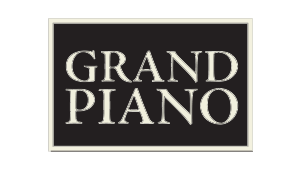
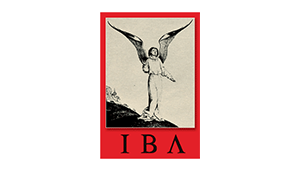



















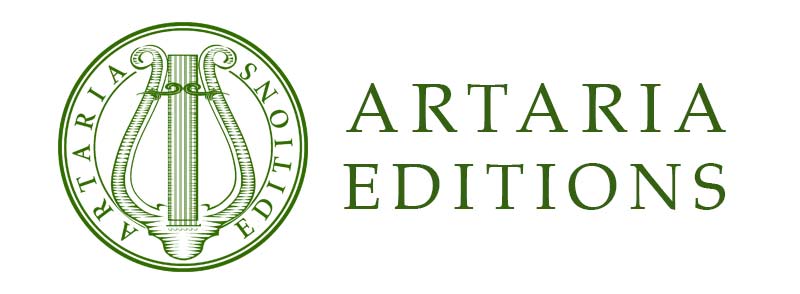



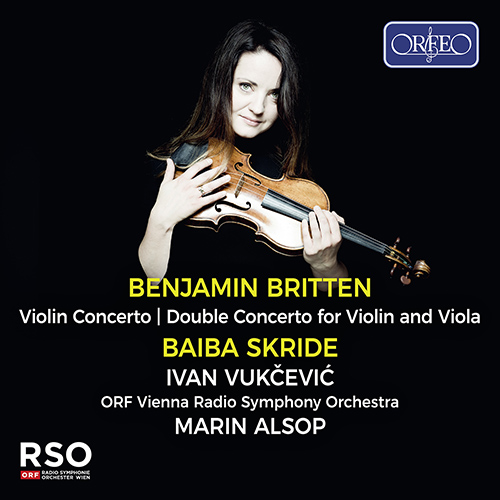
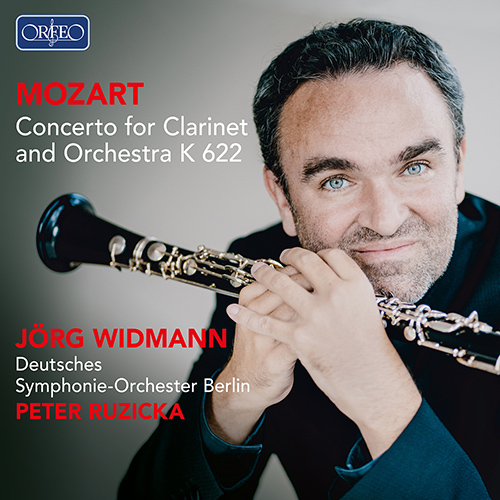
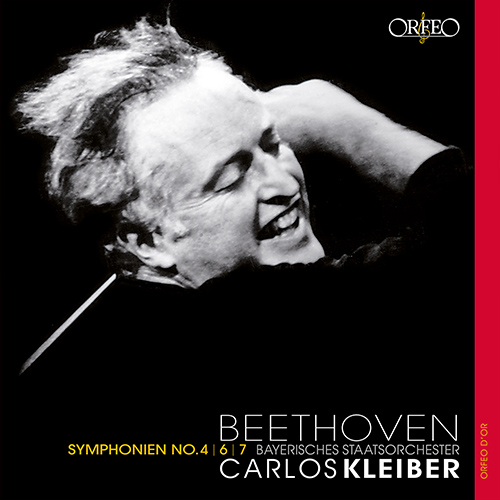
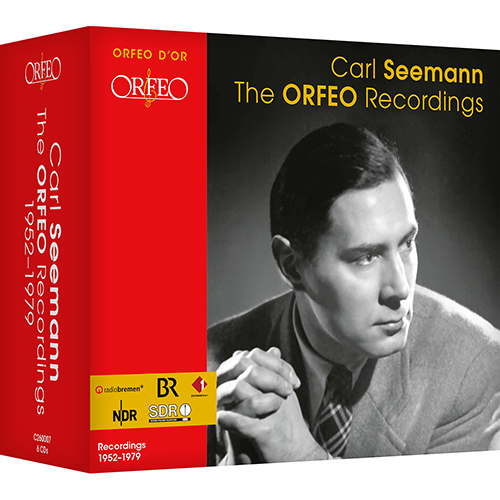
![ORFF, C.: Prometheus [Opera] (R. Hermann, Lorand, F. Uhl, J. Greindl, Engen, Bavarian Radio Chorus and Symphony, R. Kubelík) ORFF, C.: Prometheus [Opera] (R. Hermann, Lorand, F. Uhl, J. Greindl, Engen, Bavarian Radio Chorus and Symphony, R. Kubelík)](../../../sharedfiles/images/cds/hires/C240012.jpg)
![ENGEL, E.: Grete Minde [Opera] (Lintl, Nyári, Isene, Magdeburg Theater Opera Choir and Philharmonic Orchestra, Skryleva) ENGEL, E.: Grete Minde [Opera] (Lintl, Nyári, Isene, Magdeburg Theater Opera Choir and Philharmonic Orchestra, Skryleva)](../../../sharedfiles/images/cds/hires/C260352.jpg)
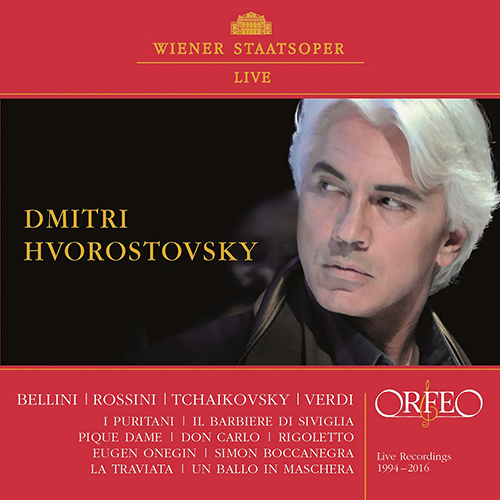
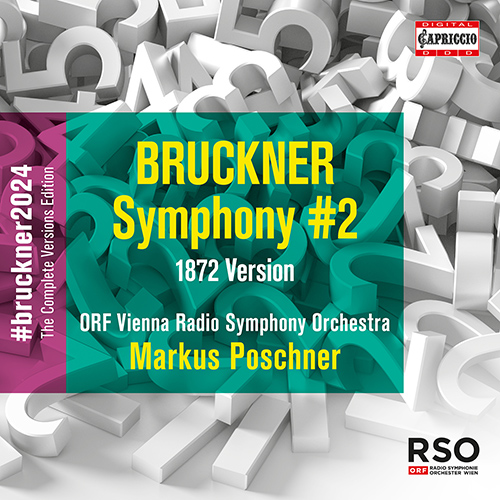
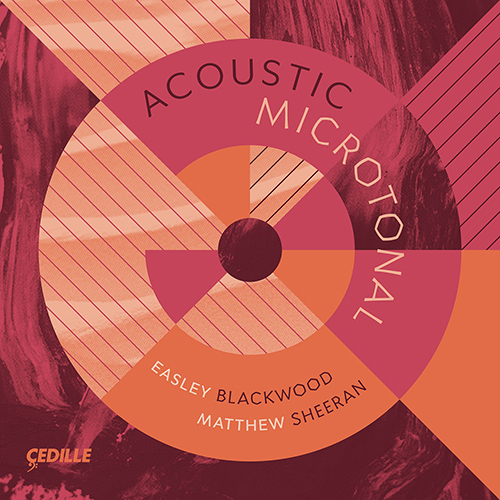
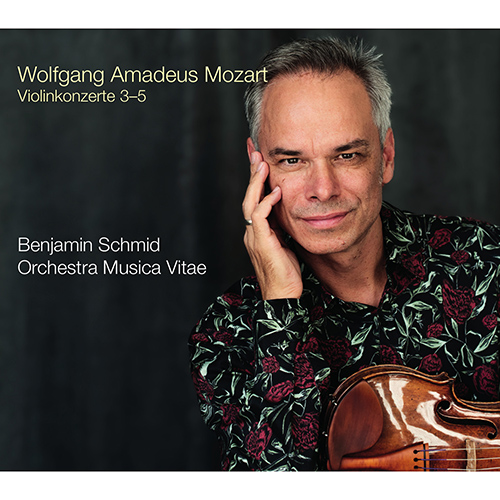
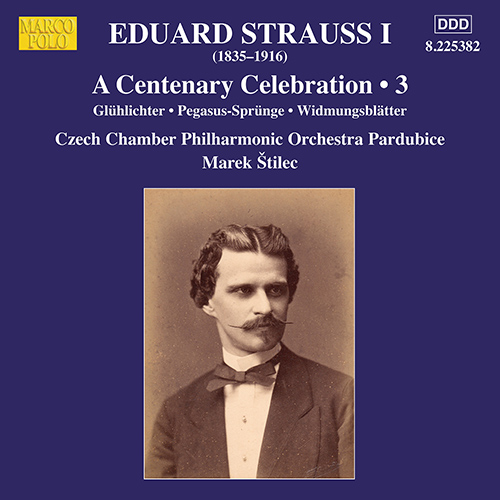
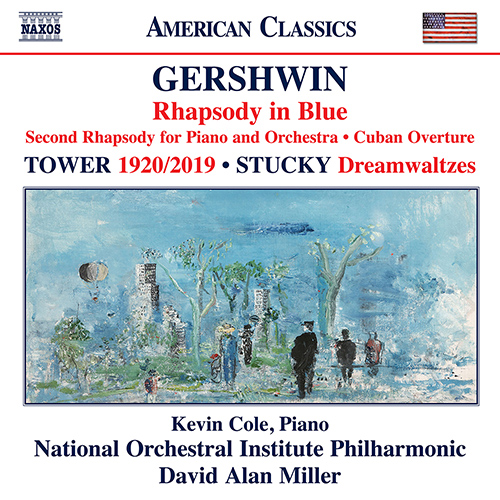
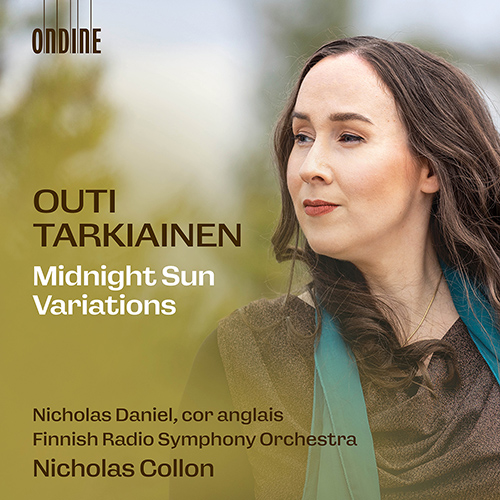
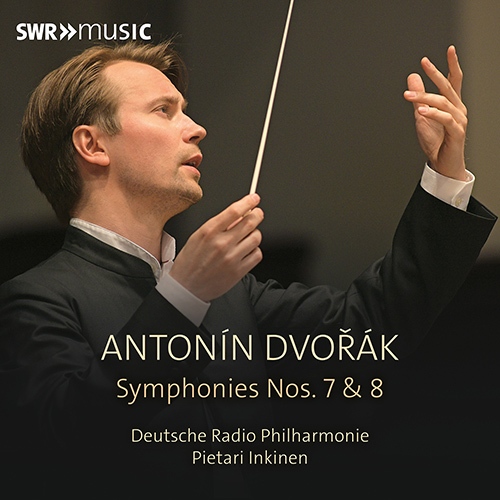
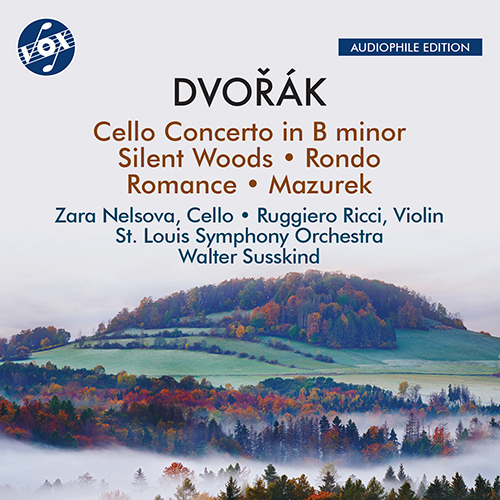
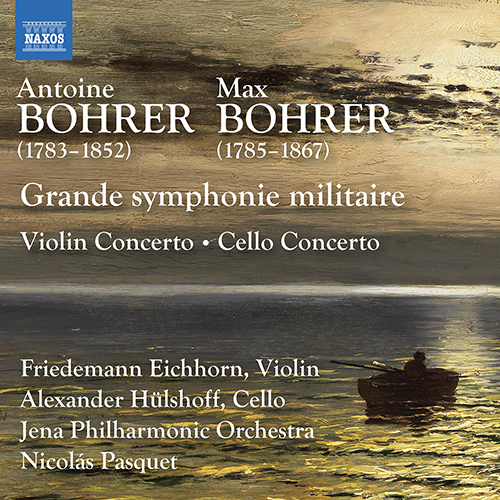

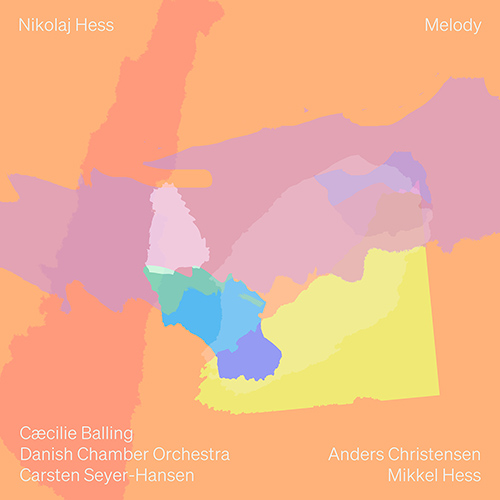
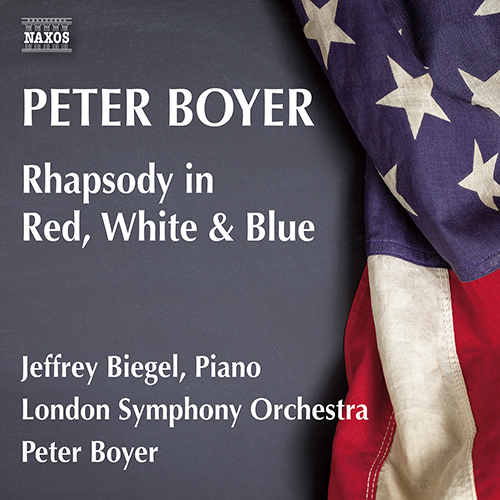
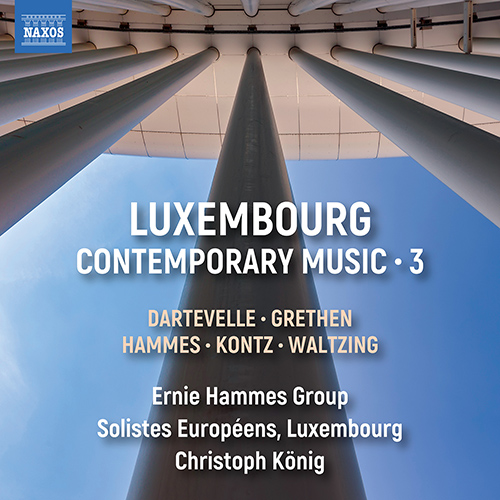
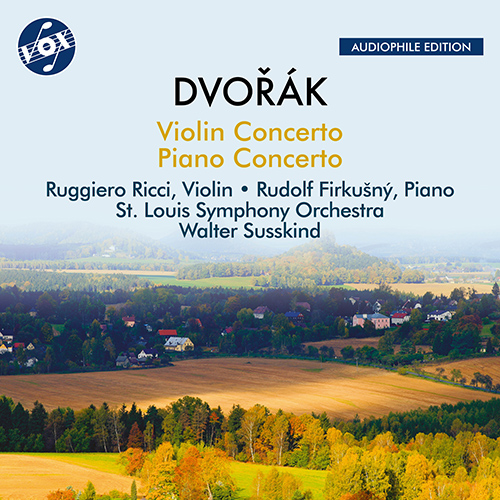
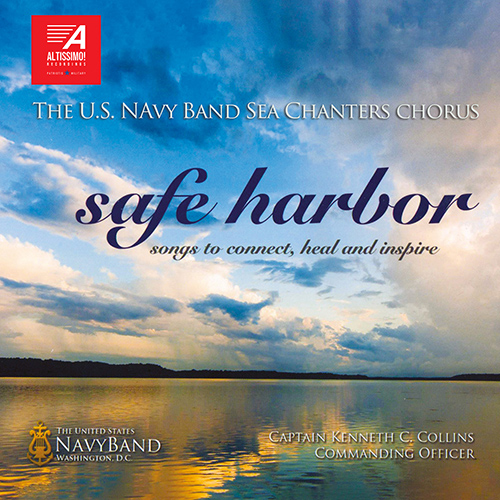

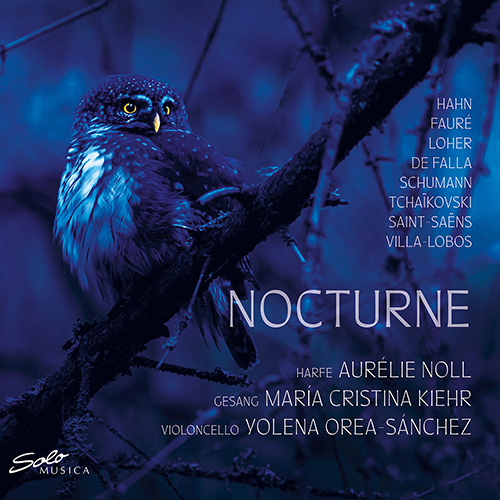
![RØNSHOLDT, N.: Den Sidste Olie [Opera] (Vindelev, Bugge Rasmussen, Frandsen, Låås, Athelas Sinfonietta Copenhagen, Sherlock) RØNSHOLDT, N.: Den Sidste Olie [Opera] (Vindelev, Bugge Rasmussen, Frandsen, Låås, Athelas Sinfonietta Copenhagen, Sherlock)](../../../sharedfiles/images/cds/hires/DAC-DA2015.jpg)
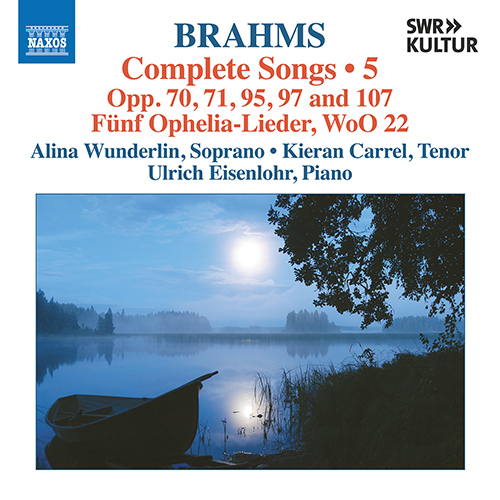
![ROSSINI, G.: Elisabetta, regina d’Inghilterra [Opera] (Farnocchia, Kabongo, Süngü, Cracow Philharmonic Chorus and Orchestra, Fogliani) ROSSINI, G.: Elisabetta, regina d’Inghilterra [Opera] (Farnocchia, Kabongo, Süngü, Cracow Philharmonic Chorus and Orchestra, Fogliani)](../../../sharedfiles/images/cds/hires/8.660538-39.jpg)
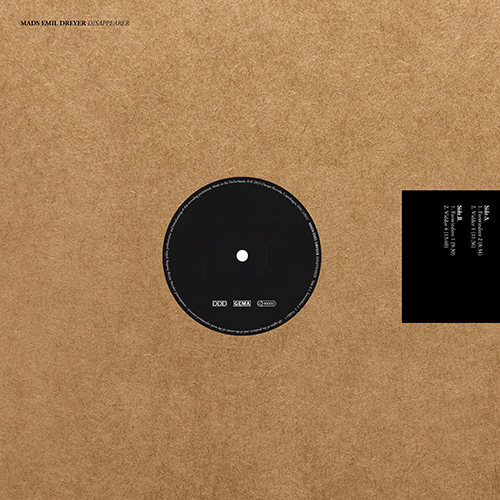
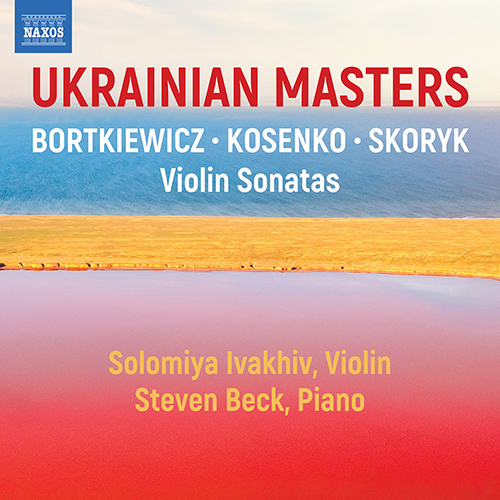
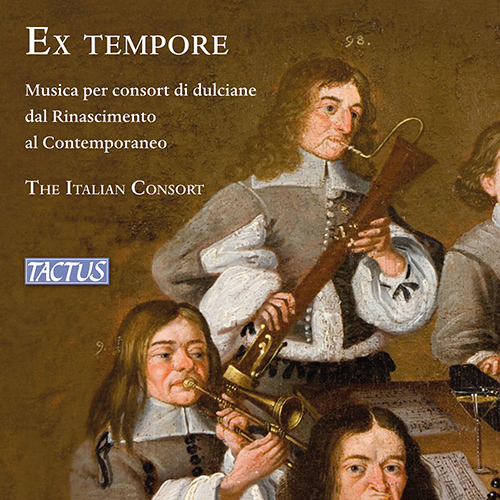
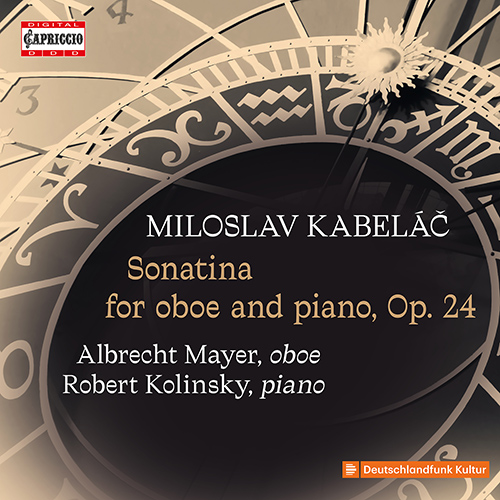
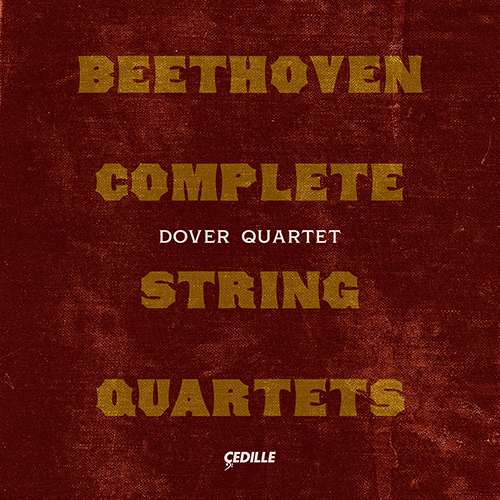
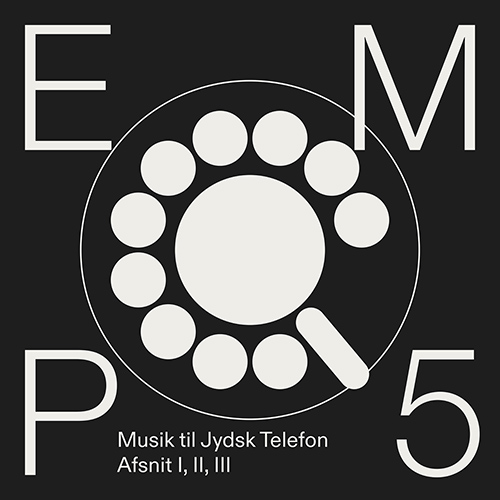
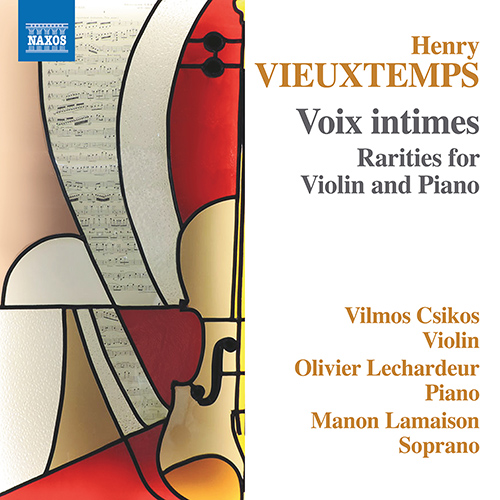
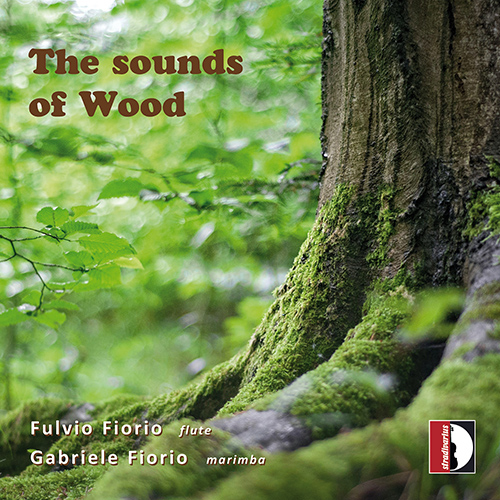
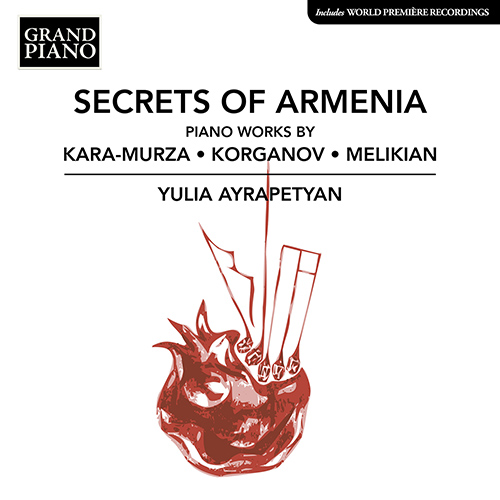
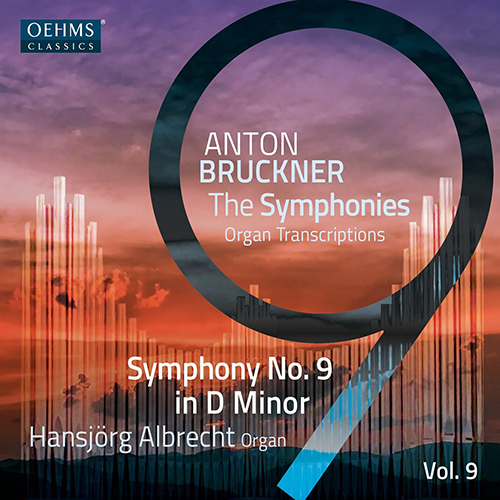
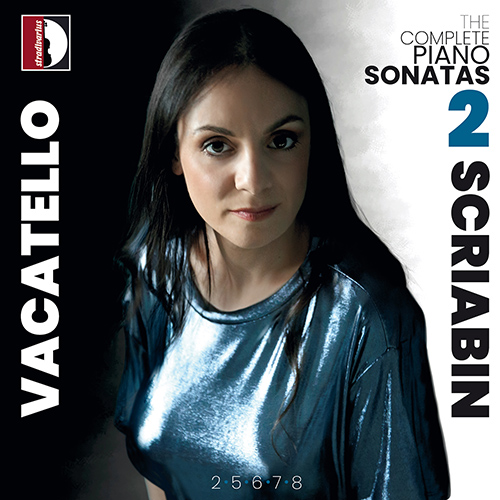
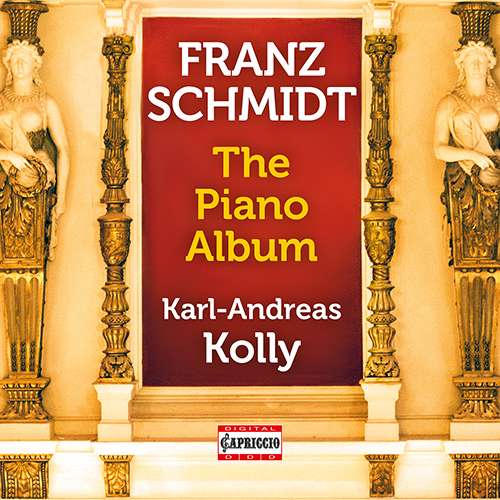
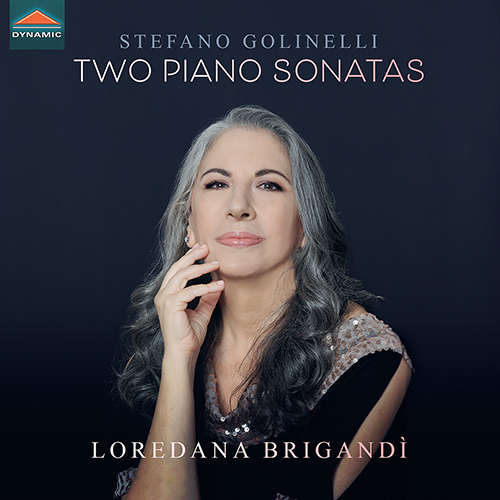
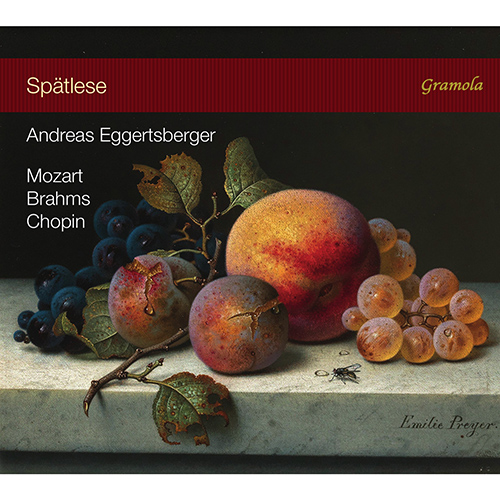
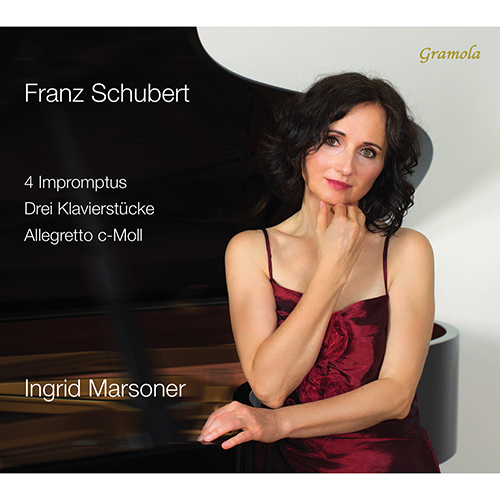
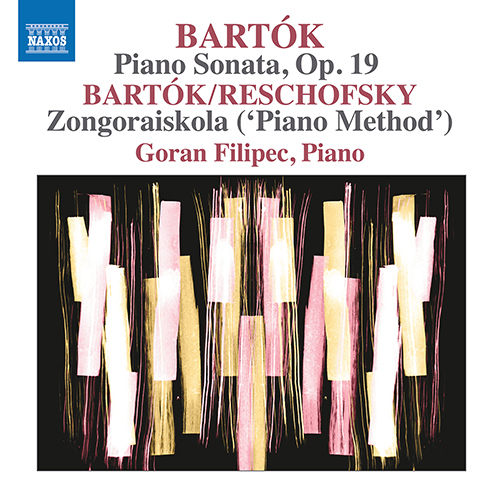
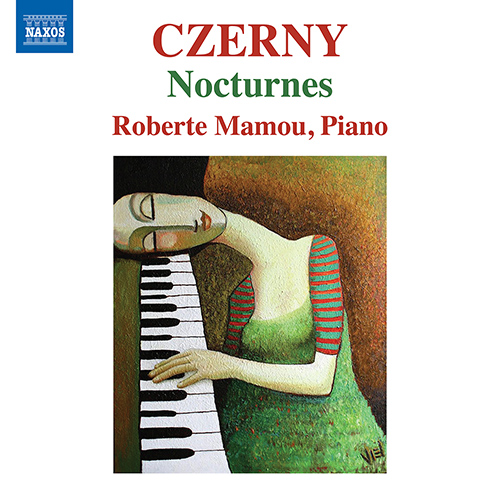
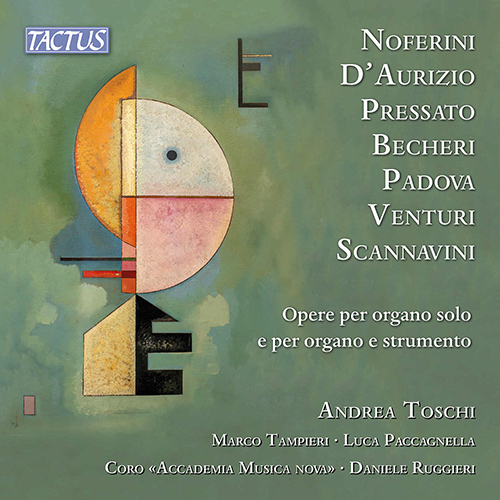
![DONIZETTI, G.: Chiara e Serafina, o Il pirata [Opera] (Fondazione Teatro Donizetti, 2022 DONIZETTI, G.: Chiara e Serafina, o Il pirata [Opera] (Fondazione Teatro Donizetti, 2022](../../../sharedfiles/images/cds/hires/DYN-37987.jpg)
![WAGNER, R.: Das Rheingold [Opera] (Deutsche Oper Berlin, 2021) WAGNER, R.: Das Rheingold [Opera] (Deutsche Oper Berlin, 2021)](../../../sharedfiles/images/cds/hires/2.110740.jpg)
![TCHAIKOVSKY, P.I.: None but the Lonely Heart (staged version by C. Loy) [Opera] (Frankfurt Opera, 2021) TCHAIKOVSKY, P.I.: None but the Lonely Heart (staged version by C. Loy) [Opera] (Frankfurt Opera, 2021)](../../../sharedfiles/images/cds/hires/2.110770.jpg)
